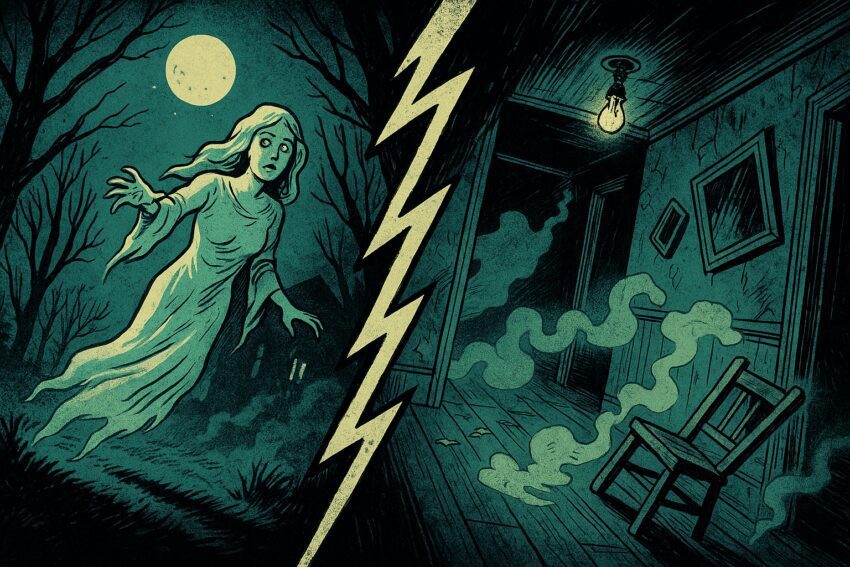
The Differences Between A Ghost & A Haunting
People love to say a place is haunted. But here’s the thing … hauntings and ghosts? They’re not always the same thing. In fact, a place (or haunt, as I like to call it) can be haunted without a single ghost in sight. And sometimes a ghost drops by without stirring up a single spooky whisper. Get the spectral scoop after the jump.
In this explainer, we’ll break down the real difference between ghosts and hauntings, clear up common myths, and help you figure out what you’re actually dealing with—before you grab your EMF meter and dive in.
Table of contents
👻 A Ghost Is a Spirit
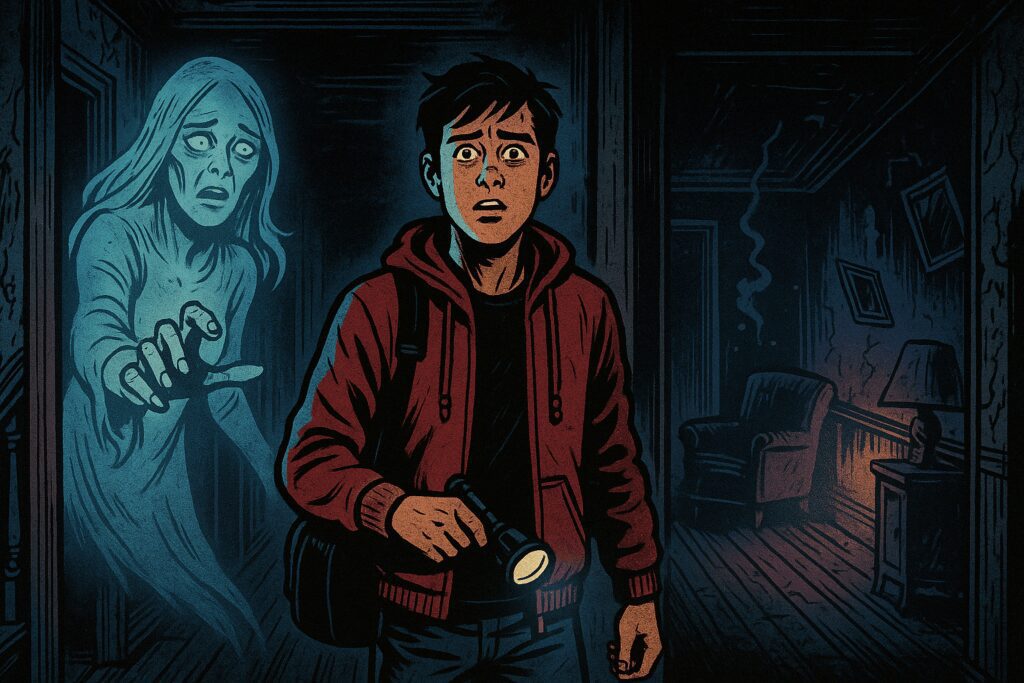
When we say ghost, we’re usually talking about the spirit of someone who died. That’s it. Simple.
Ghosts are often described as having some kind of identity. They might know who they are—or who you are. Maybe it’s the former owner of a house, still hanging around because they never moved on. Or maybe it’s someone lost in time, confused, angry, or just… there.
Ghosts can interact with people. They knock on doors, whisper names, set off EMF detectors, and sometimes appear as full-bodied apparitions. That’s what we call an intelligent haunting—but more on that in a minute.
🏚️ A Haunting Is Activity
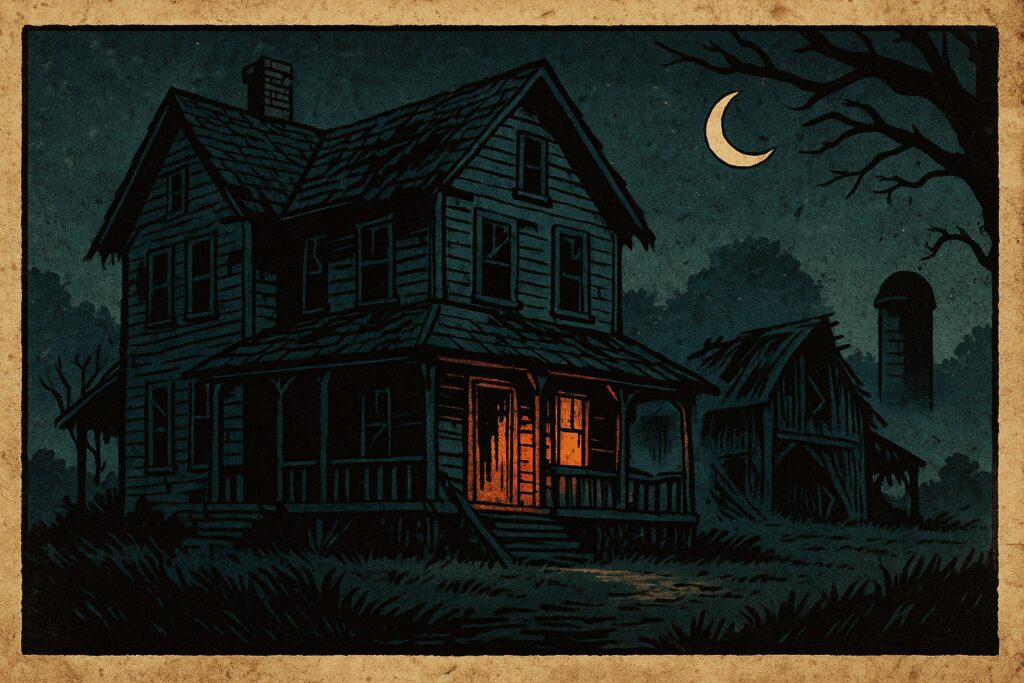
Now a haunting? That’s the leftover energy. The weirdness. The repeated footsteps, the cold spots, the lights that flicker in the same room at the same time every night.
A haunting doesn’t always need a ghost. Think of it like a spiritual echo. Something intense happened—an argument, a tragedy, a moment charged with emotion—and the space just… kept playing it back. Over and over.
Those are residual hauntings. Nothing is watching you. Nothing is trying to get your attention. You’re just in the wrong place at the right (or wrong) time.
But some hauntings are interactive. That’s when we circle back to intelligent ghosts—spirits that respond to questions, move things on command, or follow certain people around. In those cases, the haunting is caused by a ghost.
🧠 Here’s the Big Ghostly Idea
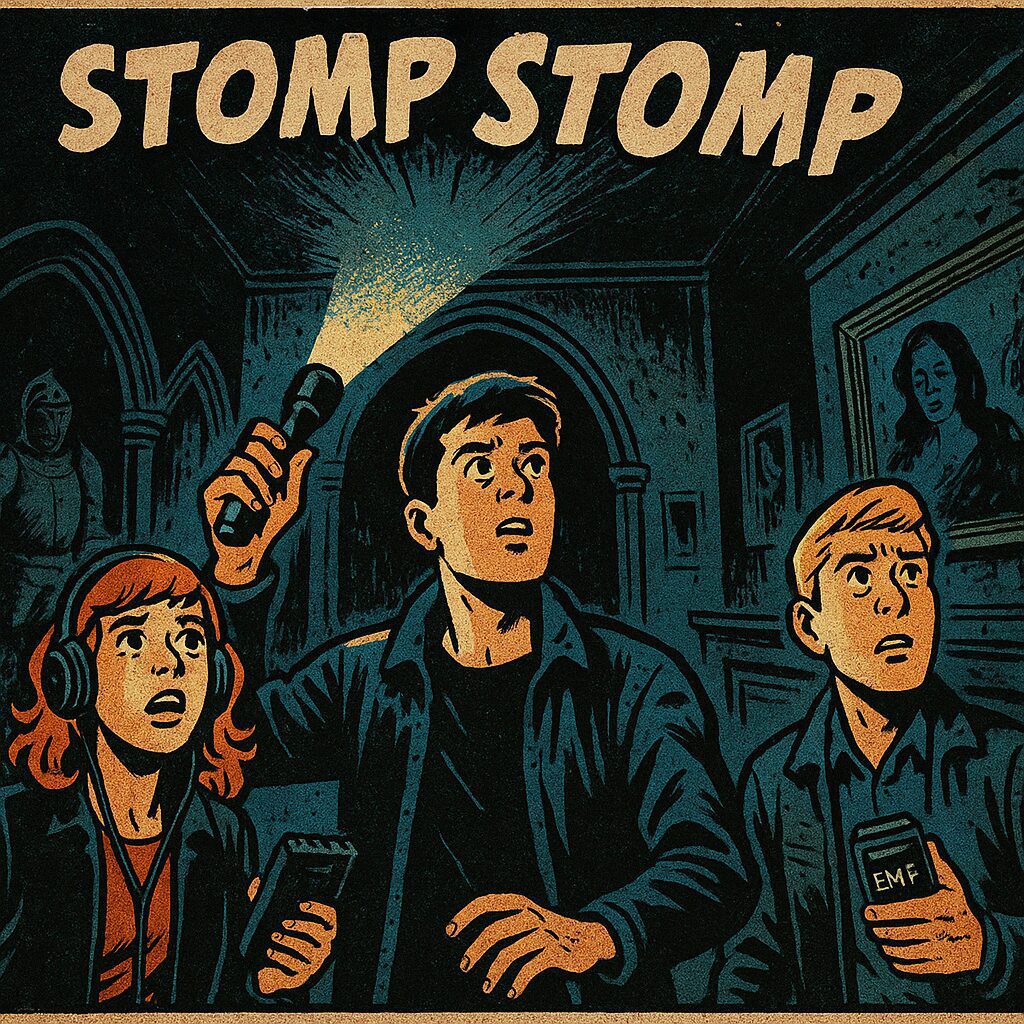
A ghost is a presence. A haunting is a pattern.
Ghosts can come and go. Hauntings stick to a location, an object, or a person.
You can have one without the other.
If you’re trying to figure out what’s going on in your home, ask yourself this:
- Is something repeating?
- Does it react when I engage with it?
- Is it trying to communicate?
That’ll tell you a lot about what you’re dealing with.
🧰 What Ghost Hunters Should Be On the Lookout For
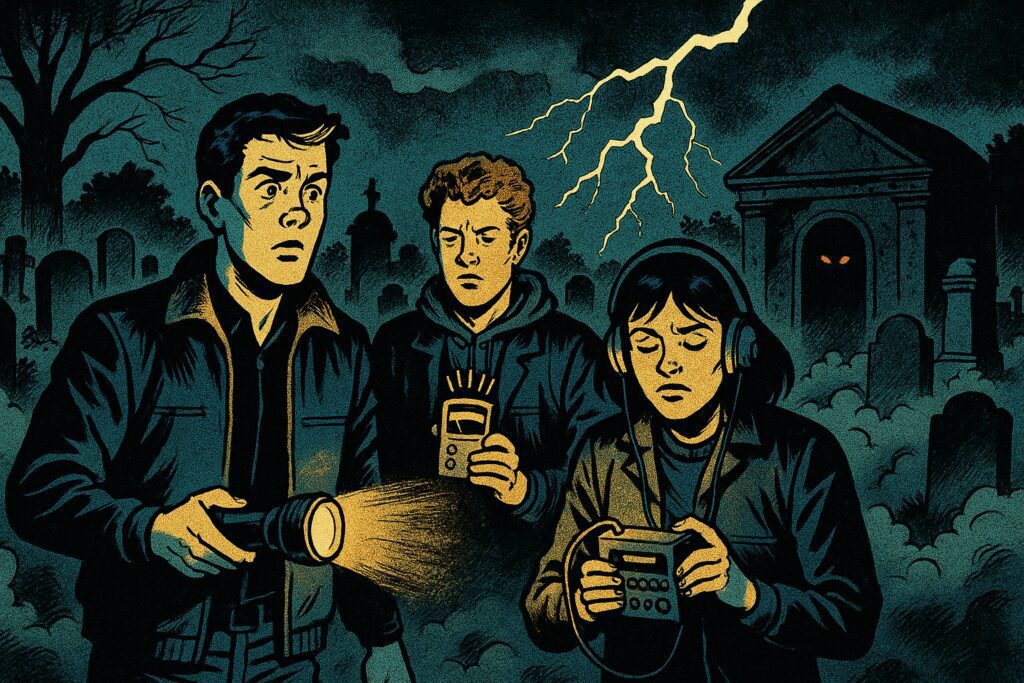
If you’re heading into the field—flashlight in one hand, recorder in the other—knowing what to look for can save you a lot of time (and keep you from chasing your own tail).
Here’s what to focus on:
Patterns – Are things happening at the same time each night? In the same spot? Residual hauntings often follow a loop.
Response – Does something answer your questions, knock back when you knock, or set off gear when you ask it to? That’s likely an intelligent spirit.
Environmental Shifts – Sudden cold drafts, EMF spikes, drained batteries—classic signs of energy-based activity.
Personal Feelings – Dread, nausea, headaches… these might be signs of something stronger. Or just a bad burrito. Always rule out the burrito first.
History – What happened at this location? Tragedy, trauma, rituals—these often leave a spiritual mark.
Pro tip: Document everything, even if it seems unimportant. That little chill near the stairs might not mean much on its own—but if it happens every Thursday at 3 a.m.? That’s a pattern worth digging into.
🧼 Common Misconceptions
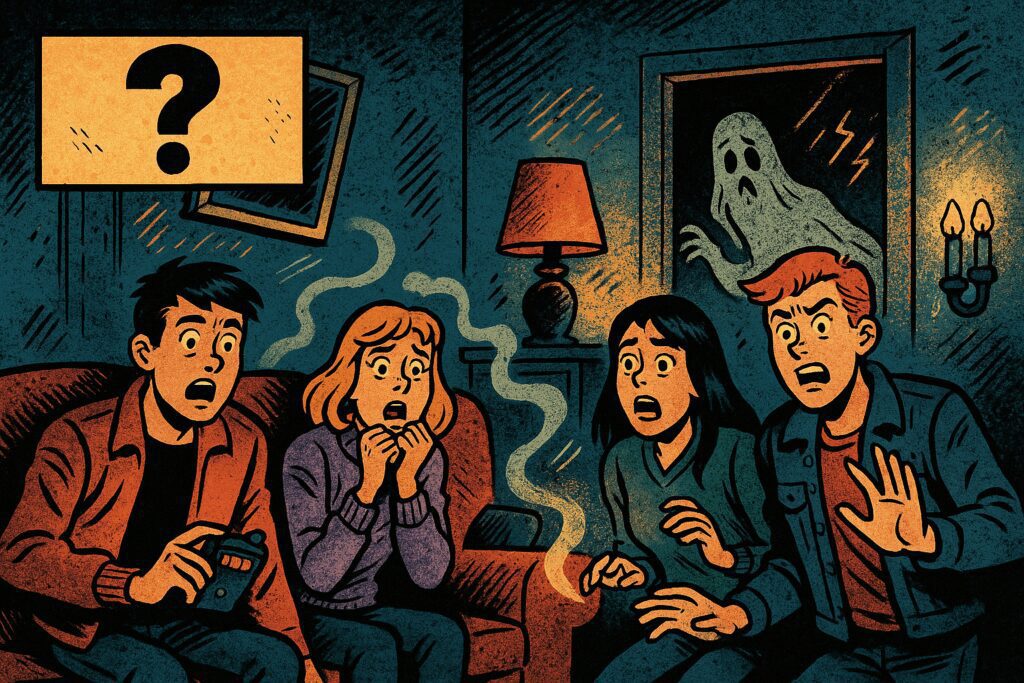
There’s a lot of spooky misinformation out there. Let’s set the record straight.
“All hauntings involve ghosts.”
Nope. Residual hauntings are just leftover energy. No one’s home.
“If a place is haunted, it must be evil.”
Most hauntings aren’t malicious. They’re more like spiritual wallpaper—sometimes creepy, but rarely dangerous.
“Poltergeist activity means there’s a ghost throwing things.”
Not always. Some theories suggest it’s subconscious energy from living people—especially teens. Ghosts might not be involved at all.
“Ghosts are stuck forever.”
Many spirits appear once and vanish. Others come and go. They’re not necessarily trapped.
“If it moves, it’s a ghost.”
Wind, vibration, animals, bad wiring… always rule out the natural causes first.
🧾 Quick Reference: Ghosts vs. Hauntings
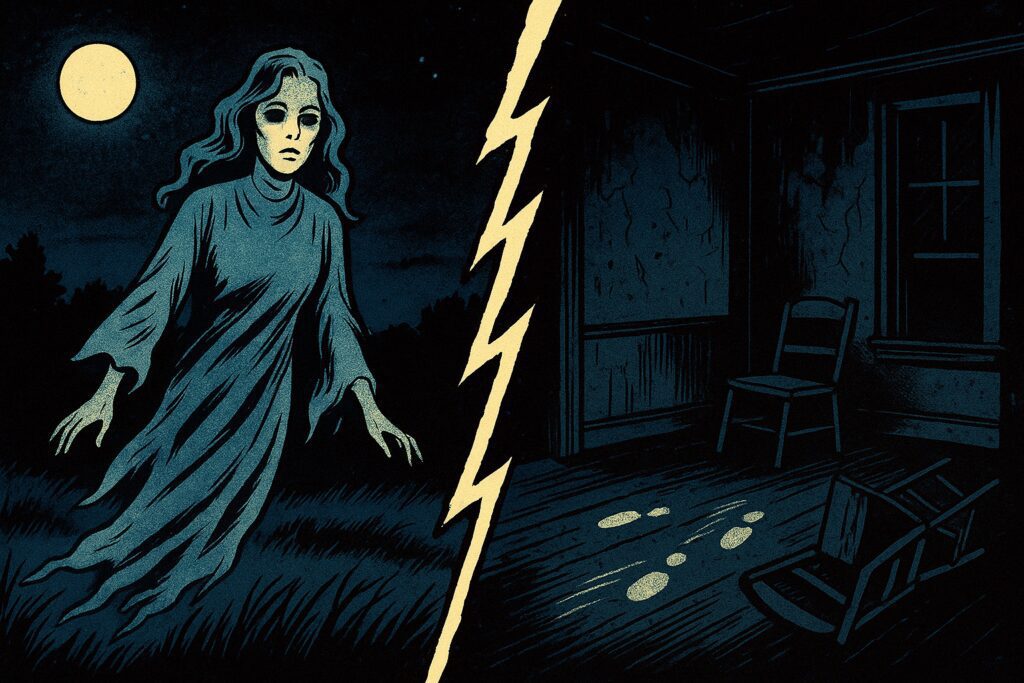
Here’s a handy table to compare the two:
| Feature | Ghost | Haunting |
|---|---|---|
| Definition | Spirit or soul of a deceased being | Paranormal activity tied to a place or object |
| Interaction | May respond or engage with you | Not always interactive (can be passive) |
| Tied to | Can move with people or objects | Usually tied to a specific location or object |
| Type of Activity | Apparitions, voices, physical contact | Sounds, cold spots, moving objects, patterns |
| Cause | Death, trauma, unfinished business | Emotional imprint, rituals, spirits, environment |
| Main Types | Intelligent spirits, apparitions | Residual, intelligent, poltergeist, inhuman |
| Can exist without the other? | Yes | Yes |
Use this to help sort out what kind of experience you’re having—or investigating.
🧭 Why It Matters
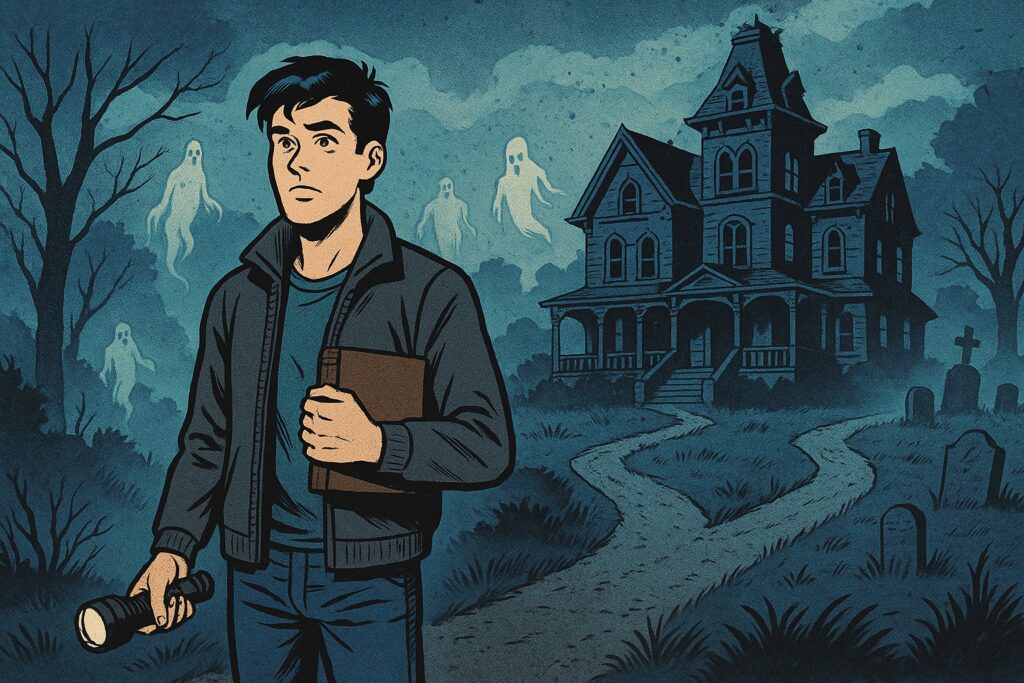
Understanding the difference between a ghost and a haunting isn’t just spooky trivia. It changes how you investigate, how you interpret activity, and how you tell the story afterward.
If you jump to “ghost” every time something creaks, you’re skipping over important context. Hauntings don’t always mean a presence. And not every spirit wants your attention or even knows you’re there.
The best ghost hunters approach each case with curiosity, skepticism, and a good dose of patience.
So next time something goes bump in the night, don’t panic. Just ask yourself:
Is it a ghost… or just a haunting?
References
Belanger, Jeff. The World’s Most Haunted Places: From the Secret Files of Ghostvillage.com. New Page Books, 2004.
A foundational book for classifying types of hauntings, including residual and intelligent hauntings.
Guiley, Rosemary Ellen. The Encyclopedia of Ghosts and Spirits. 3rd ed., Checkmark Books, 2007.
Offers clear definitions of ghosts, hauntings, and poltergeist phenomena, often used as a reference in the field.
Radford, Benjamin. Investigating Ghosts: The Scientific Search for Spirits. Rhombus Publishing, 2018.
Focuses on skeptical and scientific approaches to ghost hunting, offering insight into misidentification of hauntings and natural explanations.
Barri, Richard Southall. How to Be a Ghost Hunter. Llewellyn Publications, 2003.
Provides an overview of ghost hunting tools, common hauntings, and how to recognize residual vs. intelligent spirits.
Auerbach, Loyd. Ghost Hunting: How to Investigate the Paranormal. 2nd ed., Ronin Publishing, 2003.
A practical guide from one of the most respected parapsychologists in the field, covering distinctions between types of hauntings and ghost manifestations.
Nickell, Joe. Real-Life X-Files: Investigating the Paranormal. University Press of Kentucky, 2001.
Offers case studies and investigative methods that debunk or clarify claims of hauntings and ghost encounters, especially useful for understanding non-spirit hauntings.
Estep, Richard. In Search of the Paranormal: The Hammer House Murder, Ghosts of the Clink, and Other Disturbing Investigations. Llewellyn Publications, 2015.
A seasoned investigator’s account of dozens of cases, with clear explanations of different types of hauntings and spirit behavior.
Parapsychological Association. “Glossary of Terms.” Parapsych.org, 2023, https://www.parapsych.org/glossary.html.
Contains up-to-date definitions for “ghost,” “haunting,” “residual haunting,” and “intelligent haunting,” as used in parapsychological research.
Thanks for reading Ghostly Activities. If you’ve had encounters with a ghost or haunting, let me know in the comments below. Take care!
